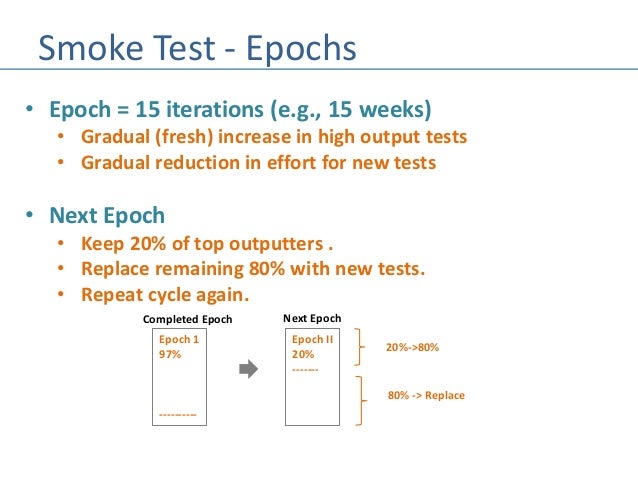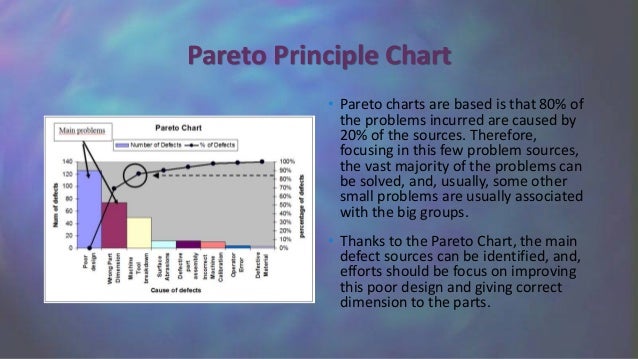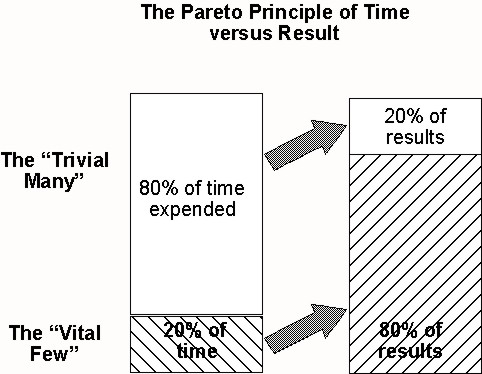
The law of imbalance has existed since the beginning of time, but it was discovered in 1896 by Italian economist, Vilfredo Pareto. Apply it to see patterns, identify top and bottom performers, and make the right decisions. If you know and understand this universal law, you can use it to your advantage.

If something in the schedule has to slip, if something isn't going to get done, make sure it's not part of that 20 percent. When the fire drills of the day begin to sap your time, remind yourself of the 20 percent you need to focus on. Those 20 percent produce 80 percent of your results. Of the things you do during your day, only 20 percent really matter. The value of the Pareto Principle for a manager is that it reminds you to focus on the 20 percent that matters. 20 percent of your staff will cause 80 percent of your problems, but another 20 percent of your staff will provide 80 percent of your production. Also 80 percent of your sales will come from 20 percent of your sales staff. You know 20 percent of your stock takes up 80 percent of your warehouse space and that 80 percent of your stock comes from 20 percent of your suppliers. You can apply the 80/20 Rule to almost anything, from the science of management to the physical world. Project Managers know that 20 percent of the work (the first 10 percent and the last 10 percent) consume 80 percent of your time and resources. In Juran's initial work he identified 20 percent of the defects causing 80 percent of the problems. In Pareto's case it meant 20 percent of the people owned 80 percent of the wealth. The 80/20 Rule means that in anything a few (20 percent) are vital and many (80 percent) are trivial. Juran's observation of the "vital few and trivial many", the principle that 20 percent of something always are responsible for 80 percent of the results, became known as Pareto's Principle or the 80/20 Rule. The name Pareto's Principle stuck, probably because it sounded better than Juran's Principle.Īs a result, Dr. In an early work, a lack of precision on Juran's part made it appear that he was applying Pareto's observations about economics to a broader body of work. Joseph Juran, working in the US in the 1930s and 40s recognized a universal principle he called the "vital few and trivial many" and reduced it to writing. While it may be misnamed, Pareto's Principle or Pareto's Law as it is sometimes called, can be a very effective tool to help you manage effectively.Īfter Pareto made his observation and created his formula, many others observed similar phenomena in their own areas of expertise. Juran inaccurately attributed the 80/20 Rule to Pareto, calling it Pareto's Principle.

In 1906, Italian economist Vilfredo Pareto created a mathematical formula to describe the unequal distribution of wealth in his country, observing that twenty percent of the people owned eighty percent of the wealth.

By subscribing, you agree to receive email related to Lab Manager content and products.


 0 kommentar(er)
0 kommentar(er)
